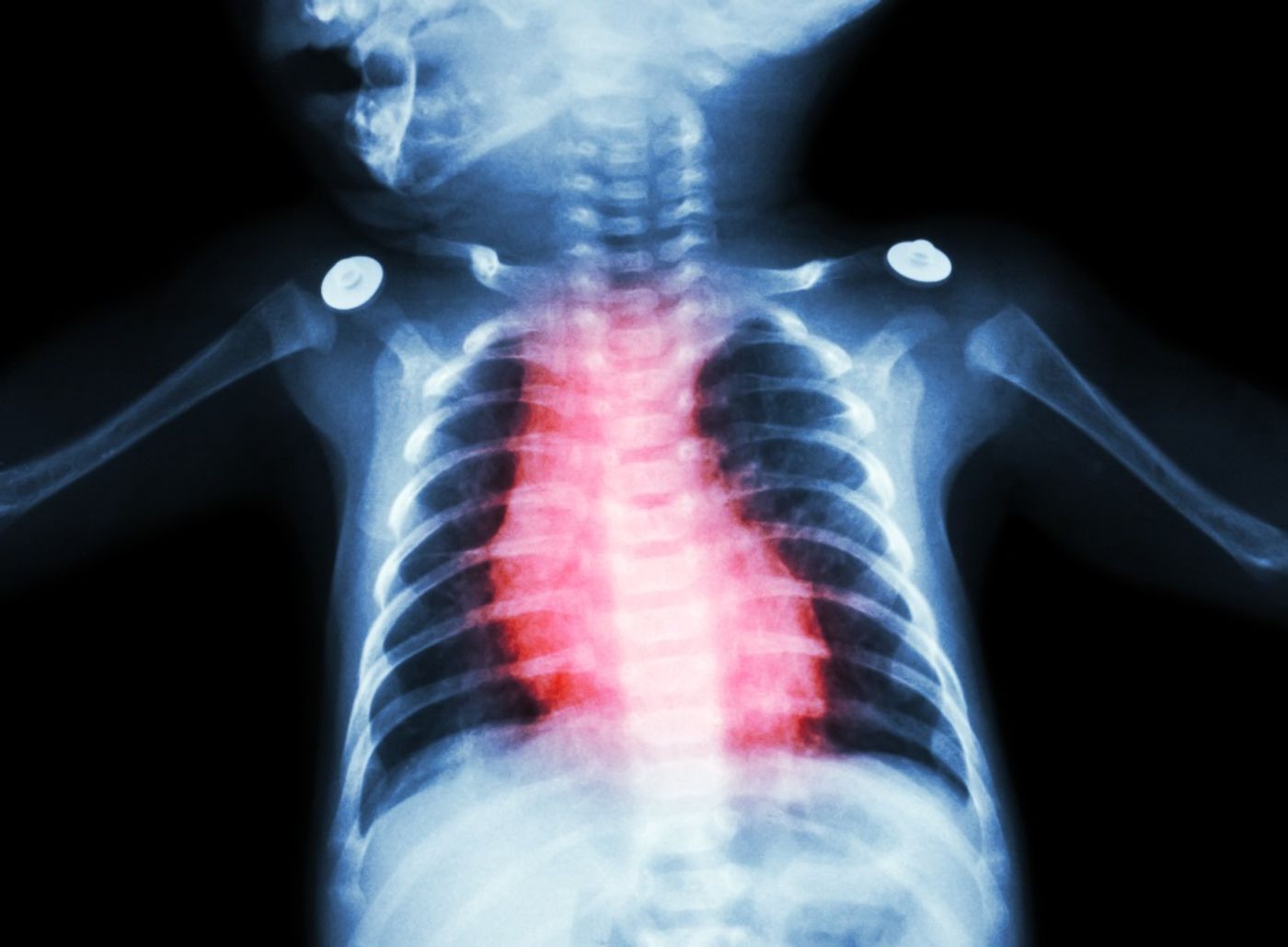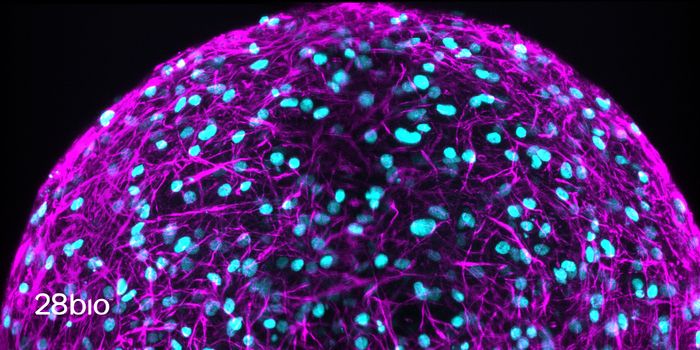Single-Ventricle Defects Definitively Linked to Brain Abnormalities
A rare series of heart defects classified as “single-ventricle disease” have been connected in the past to brain abnormalities, but the link has never been completely understood. Now, a study from the Children’s Hospital of Philadelphia (CHOP) breaks it down.
Single-ventricle disease causes a child to be born with a severely altered ventricle, either smaller, underdeveloped, or missing a valve. This conditions includes many different types, all characterized by one ventricle that doesn’t function properly:
- Hypoplastic left heart syndrome (HLHS)
- Tricuspid atresia
- Double outlet left ventricle (DOLV)
- Some heterotaxy defects
- Other congenital heart defects
The only major option in response to this condition is set of three reconstructive surgeries completed in stages. However, staged surgery is accompanied by a high risk of death and poor neurological outcomes, originating from the disease (genetics, cyanosis) and exacerbated by surgery (altered physiology and circulation). What effect do these things have on long-term neurological outcomes? This is what the team from CHOP aimed to answer in their study, published in Circulation.
"This was the first study to measure the incidence of brain abnormalities throughout the three stages of surgery, and to investigate a correlation between cerebral blood flow and brain lesions,” explained primary investigator of the study Mark A. Fogel, MD.
The study included 168 single-ventricle disease patients who received staged surgical reconstruction between 2009 and 2014. Researchers measured the prevalence of brain abnormalities over time, and they found that tissue loss, changes in white matter, and ventriculomegaly (enlargements in the brain’s fluid-filled cavities) were common.
They also looked for links between brain abnormalities and three circulatory factors: cerebral blood flow, oxygen delivery, and carbon dioxide reactivity. There they found that infants with higher cerebral blood flow were less likely to have brain abnormalities, but there was no apparent connection between brain abnormalities and carbon dioxide reactivity or oxygen delivery.
"Our research suggests the possibility that early measurements of [cerebral blood flow] and detection of brain abnormalities may help us to better identify which single-ventricle patients are at higher risk for poor outcomes,” Fogel explained. “Although more investigation needs to be done, we may find that techniques to increase cerebral blood flow and prevent neurological injury may offer early clinical interventions to improve long-term outcomes in children with congenital heart disease."
Sources: American Heart Association, Children’s Hospital of Philadelphia









